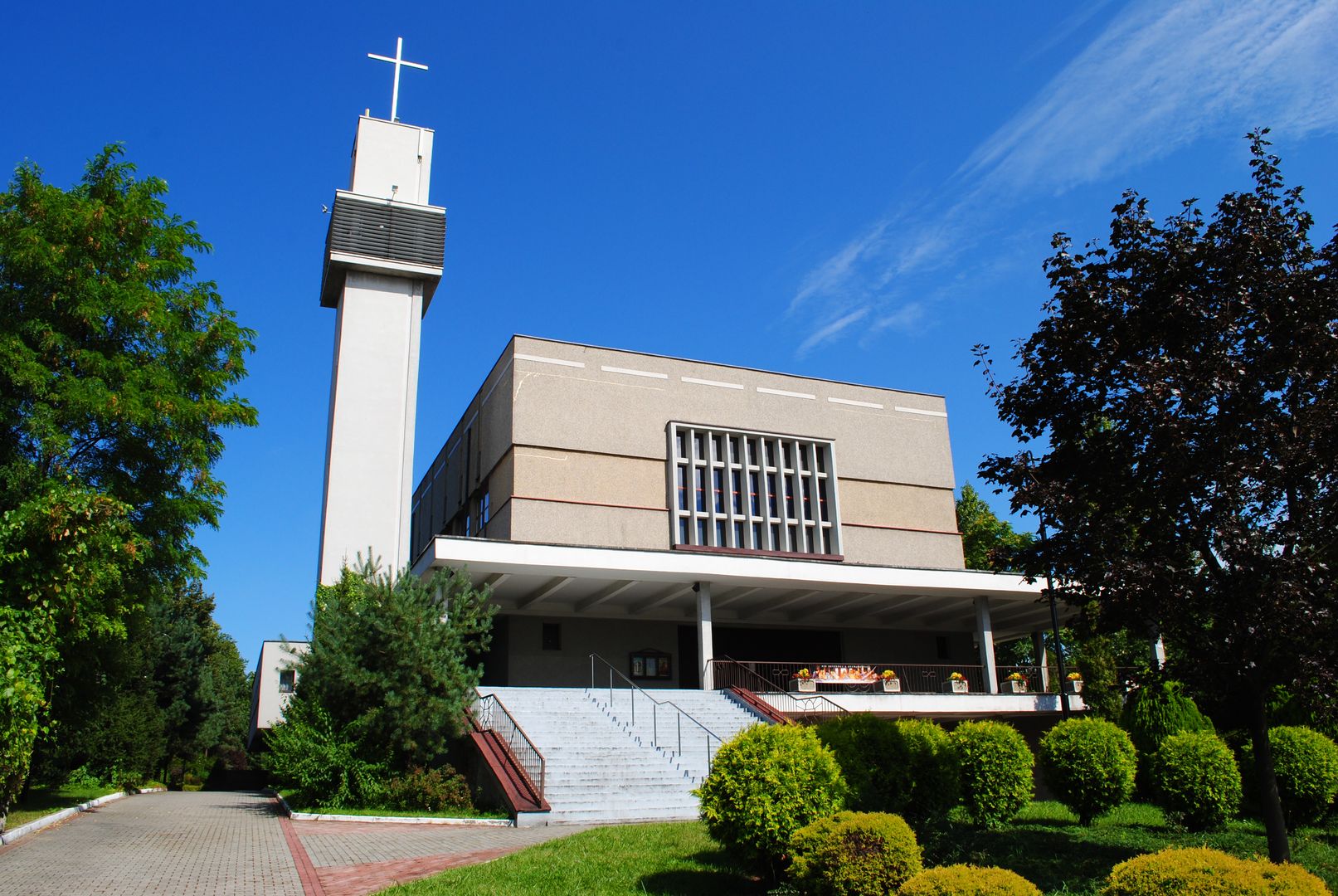Roździeń
6.78

Overview
Roździeń, also known as Rosdzin, is a part of Katowice located in the Szopienice-Burowiec district, on the banks of the Rawa River. The history of Roździeń dates back to the 14th century, when it was first mentioned as a village and a significant forge center, associated with the figure of Walenty Roździeński, the author of one of the first metallurgical textbooks in Europe. In the 19th century, as a result of the Industrial Revolution, Roździeń transformed into an industrial settlement with the development of metallurgy and mining, leading to a significant increase in population. In 1930, Roździeń was merged with Szopienice into a single municipality, and in 1959 both towns were incorporated into Katowice. During this period, significant economic changes took place, and after the decline of heavy industry in the 1990s, other sectors began to develop. Roździeń holds considerable architectural importance, with structures built in the Neo-Gothic style, such as the Evangelical-Augsburg Church from 1901 and the Mokrski Brothers Brewery, which is listed in the register of historical monuments. Culture in Roździeń has flourished since the 19th century, with organizations such as choirs and the "Sokół" association, which actively contributed to the community. Various cultural institutions and foundations collaborate here, organizing local events. An interesting fact is that Roździeń has a transportation network, including a tram line that has been operating since 1900. Today, Roździeń remains a multifunctional center, continuously developing within the framework of Katowice.
Location
Tickets
Powered by GetYourGuide
2025 Wizytor | All Rights Reserved